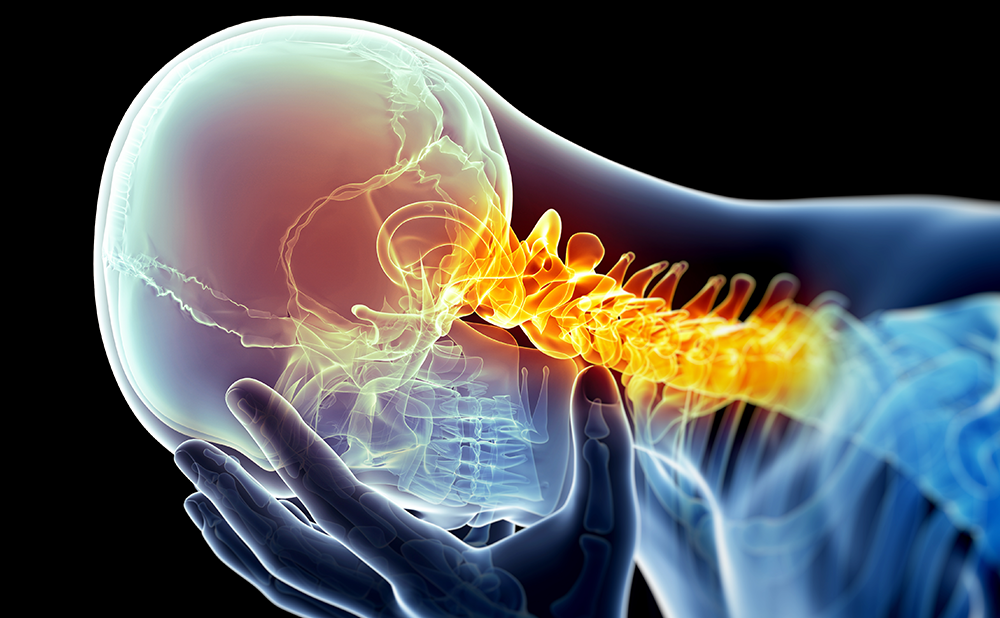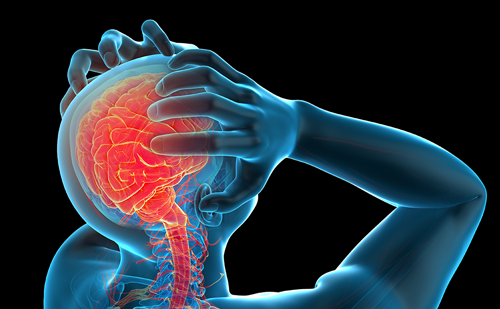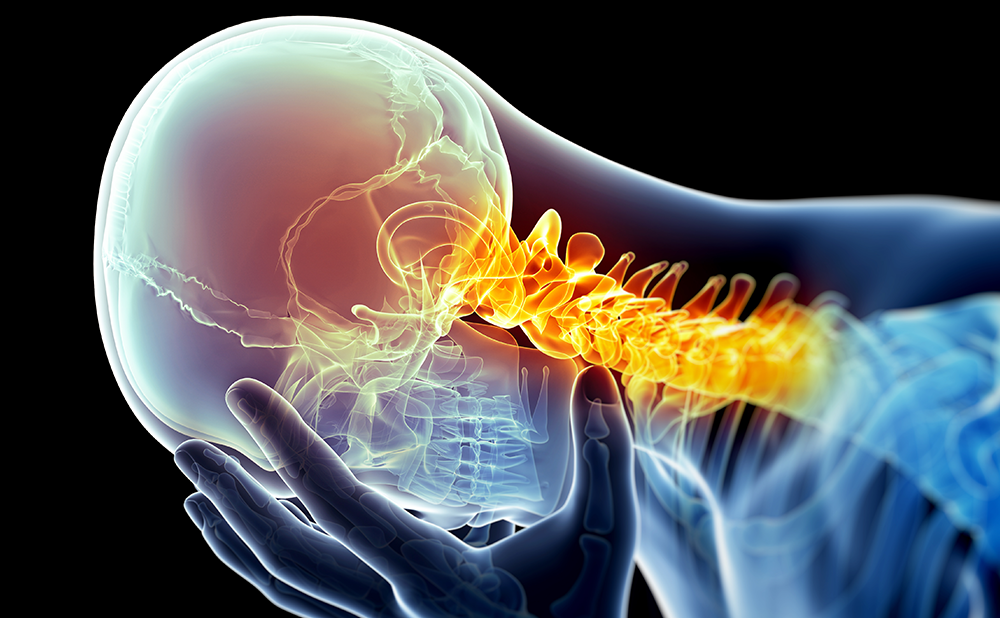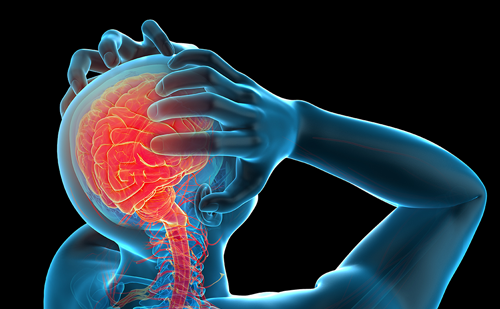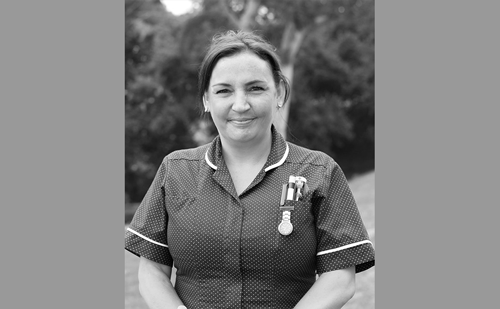The last major breakthrough in the treatment of migraine and cluster headache (CH) began in the 1980s with the development of subcutaneous sumatriptan, which was introduced to the US market in 1993. Sumatriptan was life-changing for many individuals with migraine, and began what was hailed as the “triptan revolution.” The “revolution” was followed by the “triptan wars” as oral and nasal formulations of various triptans competed for market share. We are now positioned for an equally exciting emergence of new and novel treatments for migraine and other headache disorders.
Calcitonin gene-related peptide is a target of interest for migraine therapy, and was initially pursued using small molecule oral agents. The initial studies for acute migraine treatment were promising but, despite efficacy and safety in studies of acute migraine treatment, liver toxicity occurred in subsequent trials for migraine prevention and the compounds were abandoned.1 Two phase II clinical trials of calcitonin gene-related peptide (CGRP) antibodies were completed and published within the past year. ALD403, given as a single intravenous infusion, showed statistical superiority to placebo in 163 patients with frequent episodic migraine.2 Although the placebo response was quite high in this trial, 16 patients receiving ALD403 were rendered completely headache free for 12 weeks after the infusion, compared with none in the placebo arm. LY295142, a monoclonal antibody binding to CGRP, was compared with placebo in 217 migraine patients who received biweekly subcutaneous injections for 12 weeks.3 There was a 20 % therapeutic gain with the active compound, which was safe and well tolerated overall. Additional clinical trials are in progress for migraine and CH. If ultimately successful, the CGRP antibodies will be the first preventive medications that were actually developed for the purpose of treating migraine and CH.
Neuromodulation is being studied in the US for migraine and CH, with some devices already available in Europe. External vagal nerve stimulation (gammaCore™, Basking Ridge, New Jersey, US) showed efficacy in European trials of both chronic migraine and chronic CH. The Non-Invasive Vagus Nerve Stimulation for Chronic Migraine Prevention in a Prospective, Randomized, Sham–Controlled Pilot Study (EVENT) study for chronic migraine prevention demonstrated a reduction in headache days in the active stimulation group with additional improvement associated with a longer duration of usage.4 The same device used for prevention and acute treatment of chronic CH revealed a statistically significant reduction in CH attacks with active stimulation compared with standard care alone, with 37.8 % of participants having at least a 50 % response rate using vagal nerve stimulation compared with 8.3 % of those assigned to standard care and placebo stimulation.5 As in the migraine study, longer duration of treatment during the study was associated with a continued reduction in CH attacks. There were no serious adverse events associated with treatment. A US study was recently completed and results are pending.
The sphenopalatine ganglion (SPG), where sympathetic, parasympathetic, and trigeminal fibers converge, is a target for modulation by stimulation and pharmacologic blockade. An implanted SPG stimulator with a wireless, rechargeable, remote control system is in clinical trials by Autonomic Technologies Inc. (Redwood City, California, US). The device is inserted via transgingival approach by an oromaxillofacial surgeon.
A European study (CH-1) of the device for refractory chronic CH was performed in 32 subjects with full stimulation, sub-stimulation, or sham stimulation: 28 participants completed the study.6 The primary outcome was pain relief in 15 minutes or a serious adverse event. Of patients receiving full stimulation, 67.1 % had pain relief versus 7 % of those receiving the other stimulation paradigms. Sixty-eight percent had clinically significant improvement, 25 % had pain relief in at least 50 % of attacks, and 35 % had at least a 50 % reduction in attack frequency. Recruitment for a similar study is underway in the US and a larger trial for migraine is being conducted in Europe.6 Additionally, three catheter devices are currently available in the US for administering transnasal SPG blockade using local anesthetic.
New delivery systems for sumatriptan will expand the acute headache treatment options for migraine patients experiencing gastric stasis, nausea, and vomiting. Breath-actuated nasal delivery of sumatriptan powder 15 mg (AVP-825, Avanir) afforded pain relief in 68 % of patients compared with 45 % of controls (p<0.01), with relief in 30 minutes in 42 % of patients taking sumatriptan versus 27 % of controls (p>0.05). Nasal delivery in general offers the advantage of using a low dose of sumatriptan compared with oral administration, and inadvertent swallowing of medication is less likely with the powder formulation. Iontophoretic transdermal sumatriptan has a slower onset of action but more sustained benefit than currently used delivery systems (Zecuity™, Teva Pharmaceuticals) and both products are expected to be available in the US in 2015. Also on the horizon is inhaled dihydroergotamine, still under US Food and Drug Administration (FDA) review for manufacturing-related concerns, which showed efficacy when administered any time during a migraine attack with a long duration of action and few side effects.7
The field of headache medicine therapeutics is poised to enter an era of advancement not seen since the development of triptans 30 years ago. New therapeutic targets and neuromodulation treatments for migraine and CH have the potential to alter the landscape of headache treatment in a dramatic way. The historic battlefield of triptan “revolution” and “wars” may be succeeded by “migraine monoclonals” and the “neurostimulation generation” of headache therapy in the near future.


